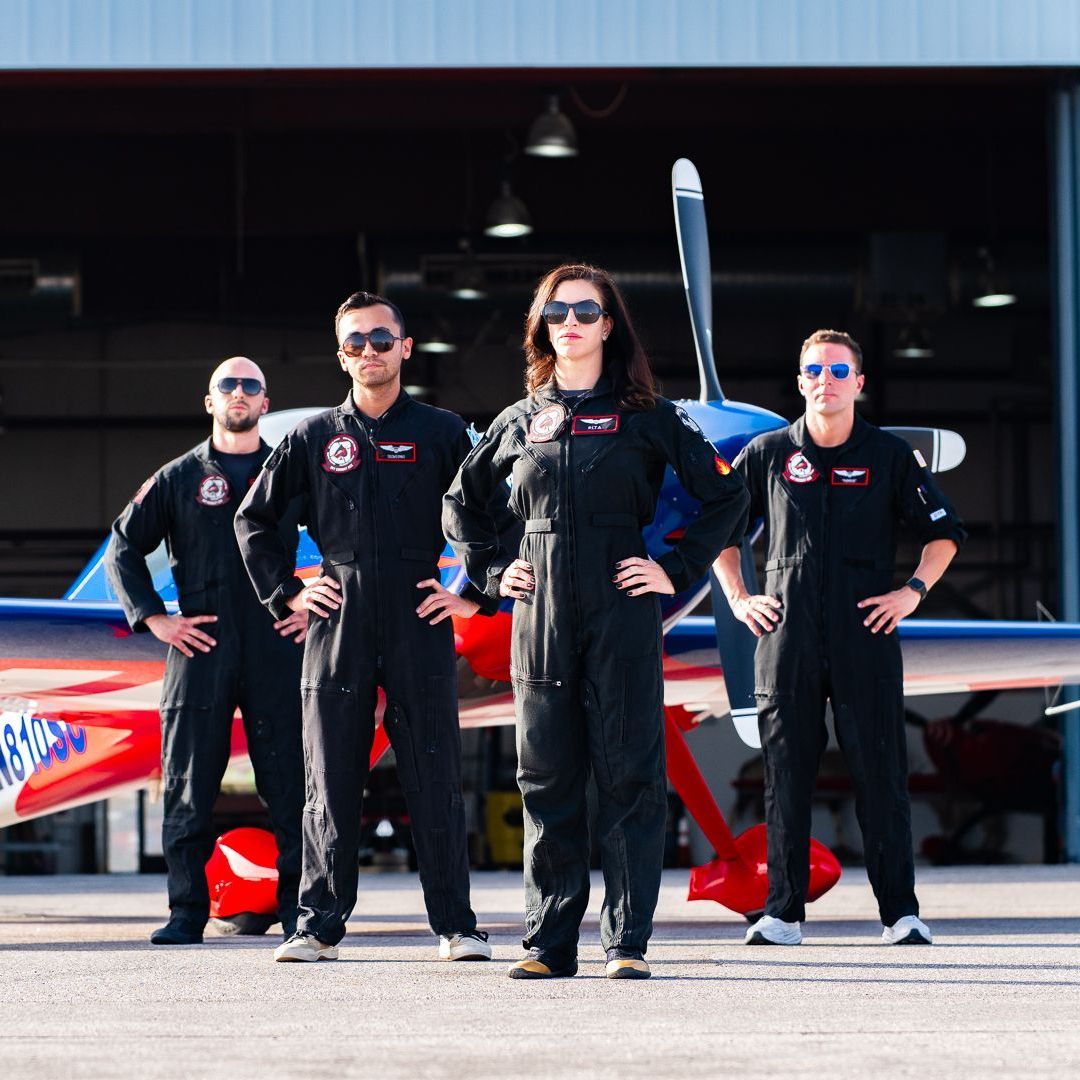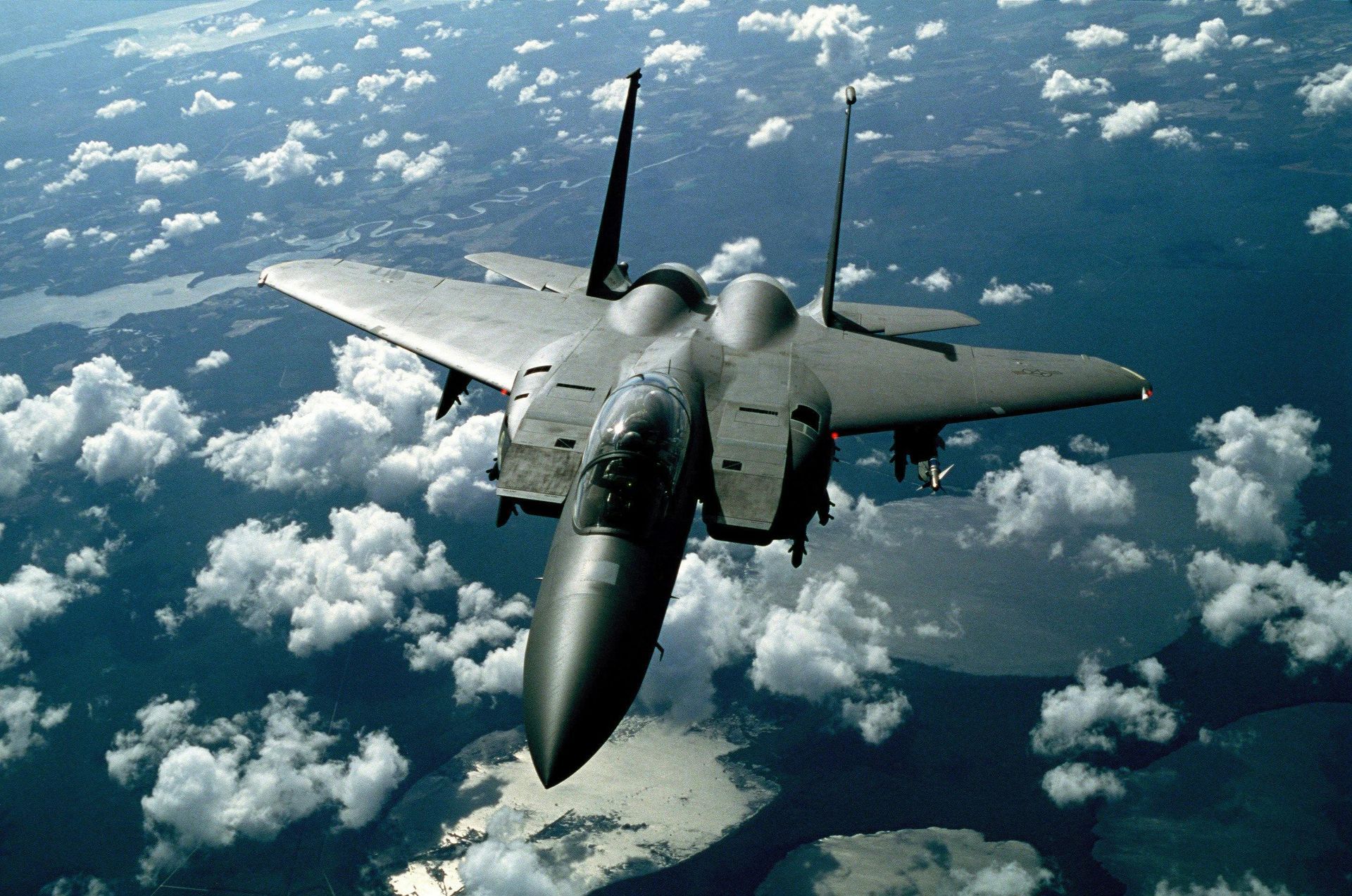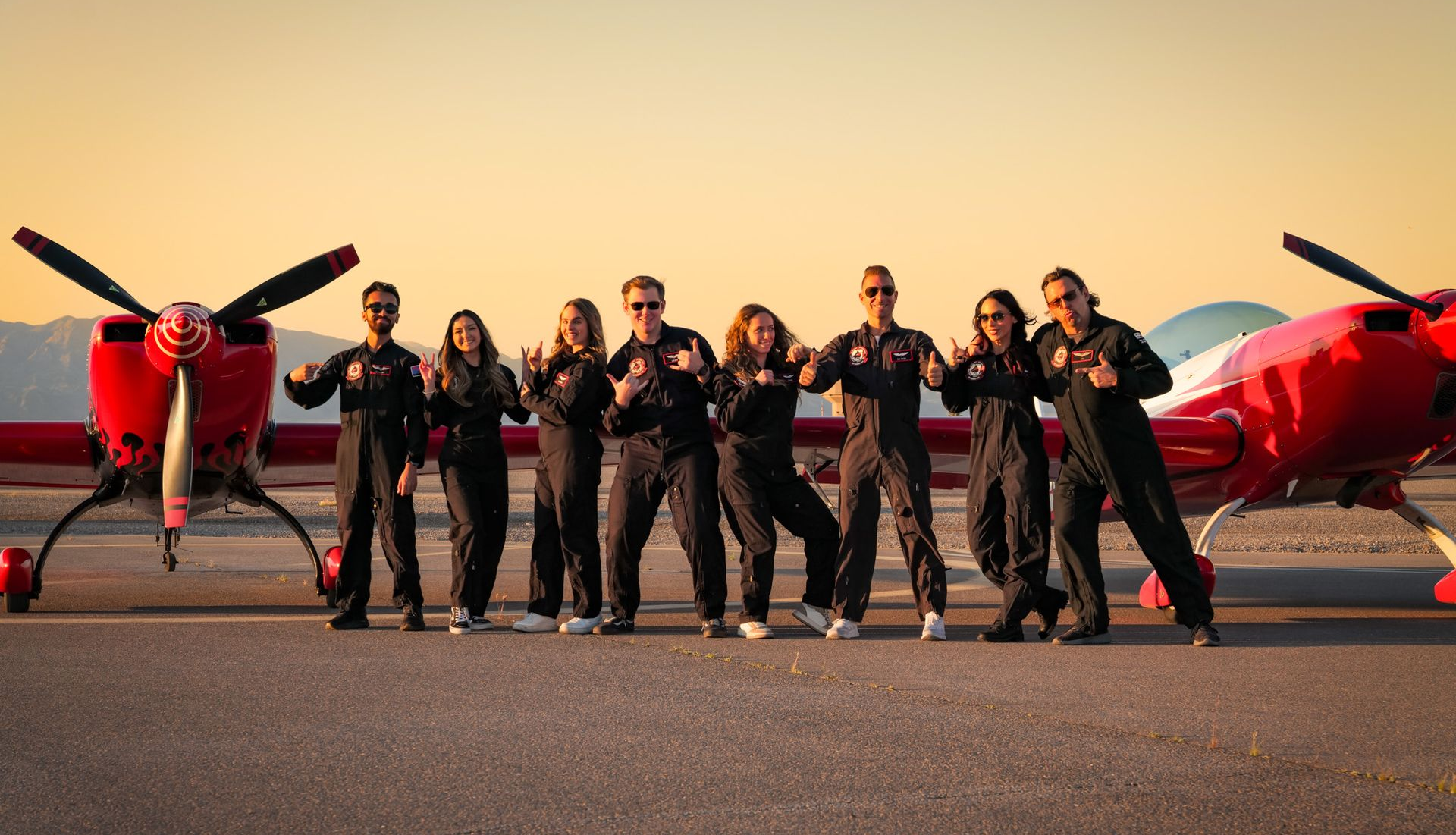Aircraft Flight Instruments Explained
SHARE THIS POST:
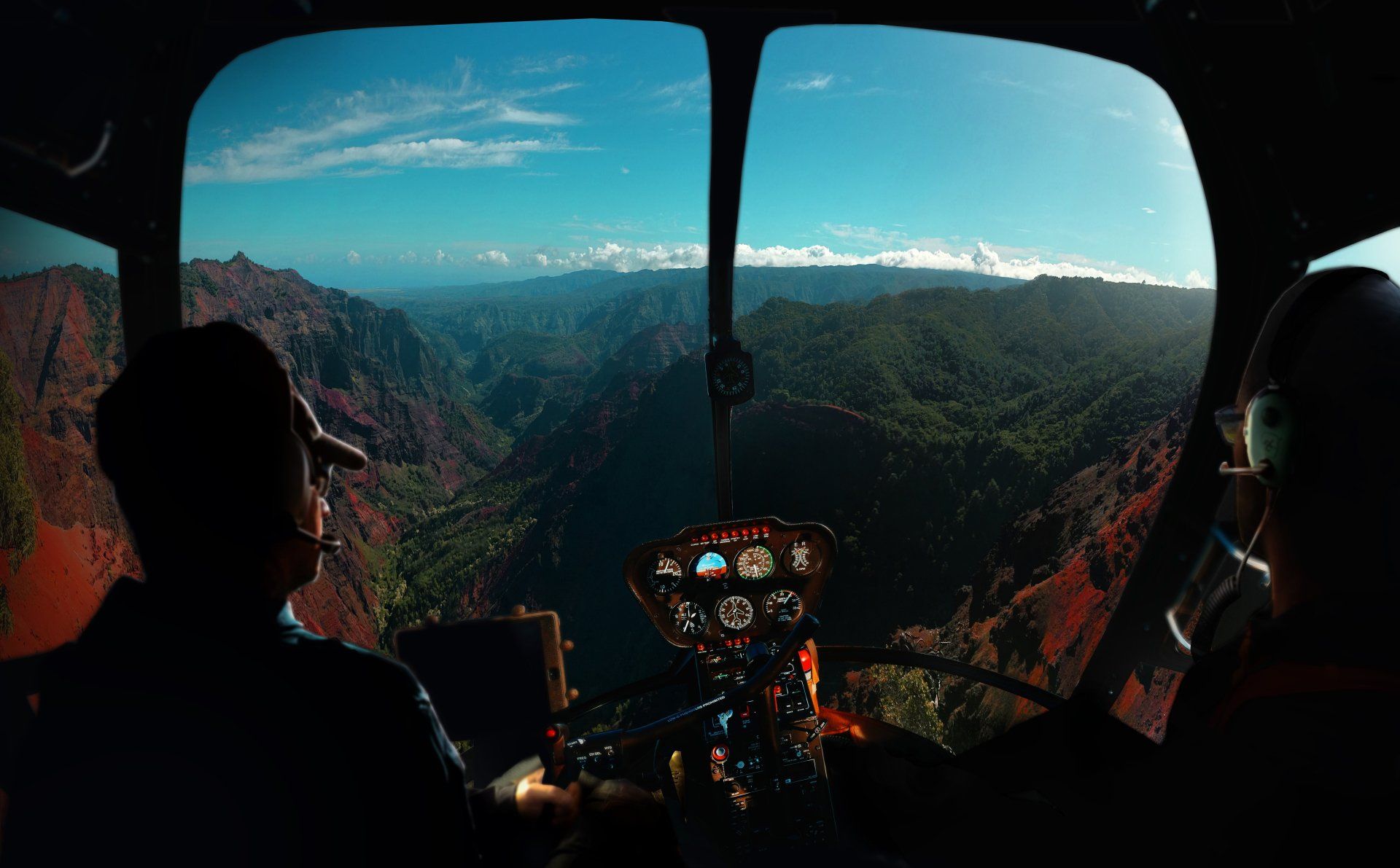
Your Guide to Airplane Instruments in the Cockpit

Getting to fly a jet is one of the most thrilling experiences you can have! However, before jumping in the cockpit, you probably have some questions about how it all works. Not to worry—our experienced pilots have all the answers to frequently asked questions about flight control instruments. Before you know it, you'll be dominating the skies!
What Are the Flight Control Instruments in an Aircraft?
The "six-pack" of instruments on a plane provides a pilot with the ability to fly using instrument piloting, even with limited visibility. These tools give pilots information on the aircraft’s orientation relative to the horizontal plane (attitude), altitude, vertical speed, airspeed, etc. These include the following:
- Airspeed Indicator (ASI)
- Artificial Horizon (AH)
- Altimeter (ALT)
- Turn and Slip Indicator or Turn Coordinator
- Directional Gyro (DG)
- Vertical Speed Indicator (VSI)
List of Services
What Is an Altimeter and How Does It Work?
A plane's altimeter measures the aircraft's height above sea level or how high in the air you are. This instrument gauges absolute pressure corrected for barometric pressure. It uses a static port to measure ambient pressure and plumbs this air into the back case.
Inside an altimeter is a sealed disc called the aneroid, or bellows. The aneroid converts the ambient pressure into
altitude¹ above sea level on the instrument dial.
The radio altimeter was invented in 1924 by Lloyd Espenschied, an American electrical engineer. He developed modern coaxial cables with his partner Herman Andrew Affel.
Which Altimeter Is Used Today?
Modern aircraft use a sensitive altimeter. On a sensitive altimeter, there is a knob that adjusts for local barometric pressure, which has to do with weather conditions. A standard rate of 29.92 is sea level pressure, but barometric pressure can vary by one or two inches.
This impacts your altimeter reading significantly. The Kollman Window on the altimeter dial face is used to adjust for local barometric pressure, which helped to make instrument flight possible.
Jimmy Doolittle² flew the first aircraft solely by reference to instruments in 1929!
How Does the Outside Air Temperature and Weather Affect Flight?
Temperature and flight correlate through a lapse rate. The lapse rate is 4.5 degrees Fahrenheit per thousand feet of altitude gained. The higher you fly, the colder it gets.
If the aircraft is intended to operate using visual flight rules (VFR), a pilot should not fly if weather conditions limit visibility. This set of regulations states that visual meteorological conditions (VMC) must allow the pilot to fly the aircraft by seeing where the plane is with visual reference to the ground and other obstructions.
Conversely, instrument meteorological conditions (IMC) mean a pilot can operate an aircraft primarily using instrument flight rules (IFR) and doesn’t need as much visibility to fly.

What Does Calibrated Altitude Mean?
Calibrated altitude is your altitude after being corrected for nonstandard atmospheric conditions. This is the actual height you fly above sea level if you were to measure it with a very large tape measurer. Mountains, towers, and large structures are measured by calibrated altitude.
Why Is Altitude Measured With Pressure?
Altitude is measured with pressure because we haven't figured out a better way to do it yet. GPS measurements show promise, but barometric altimeter measurements are still the most prevalent. This is because barometric measurements are readily predictable as the density decreases as you gain altitude.
List of Services
Can You Have Negative Pressure Altitude?
Yes, if you have a high-pressure weather system on a cold day, for instance, you may have altimeter readings that are below sea level. If you are at sea level and your barometric pressure is above 29.92³, your uncorrected altimeter reading will be negative. Death Valley is 200 feet below sea level, and the Dead Sea in Israel is 700 feet below sea level!
What Is the Difference Between Flight Level and Altitude?
In American aviation, when flying above 18,000 feet, everyone sets their altimeter to 29.92. Therefore, everyone's altimeters match. So, if a plane is flying at flight level 31 (31,000 feet pressure altitude with 29.92 set in Kollman Window), the altimeter will match that of any other altimeters on other planes flying above 18,000 feet at the same time. This reduces the possibility of mid-air collisions.
What Is the Difference Between True and Indicated Altitude?
The indicated altitude is your altitude shown on an altimeter. Your true altitude will be your height above mean sea level, or MSL. Absolute altitude is your height above ground level or AGL. Pressure altitude is your indicated altitude when your altimeter is set at 29.92.
Do Airplanes Fly Faster at High Altitudes?
Yes and no. It will depend on the type of aircraft. Planes must fly faster to stay in the air because the air is thinner at higher altitudes. Additionally, jets fly more efficiently and quickly at higher altitudes.
Interestingly, the airspeed indicated in an airliner at 35,000 feet may only show 220 knots when in fact, the true aircraft speed is over 450 knots since the air is so thin. Moreover, there are many changes in aviation when you climb above 18,000 feet, where the ambient pressure is half of sea level pressure.
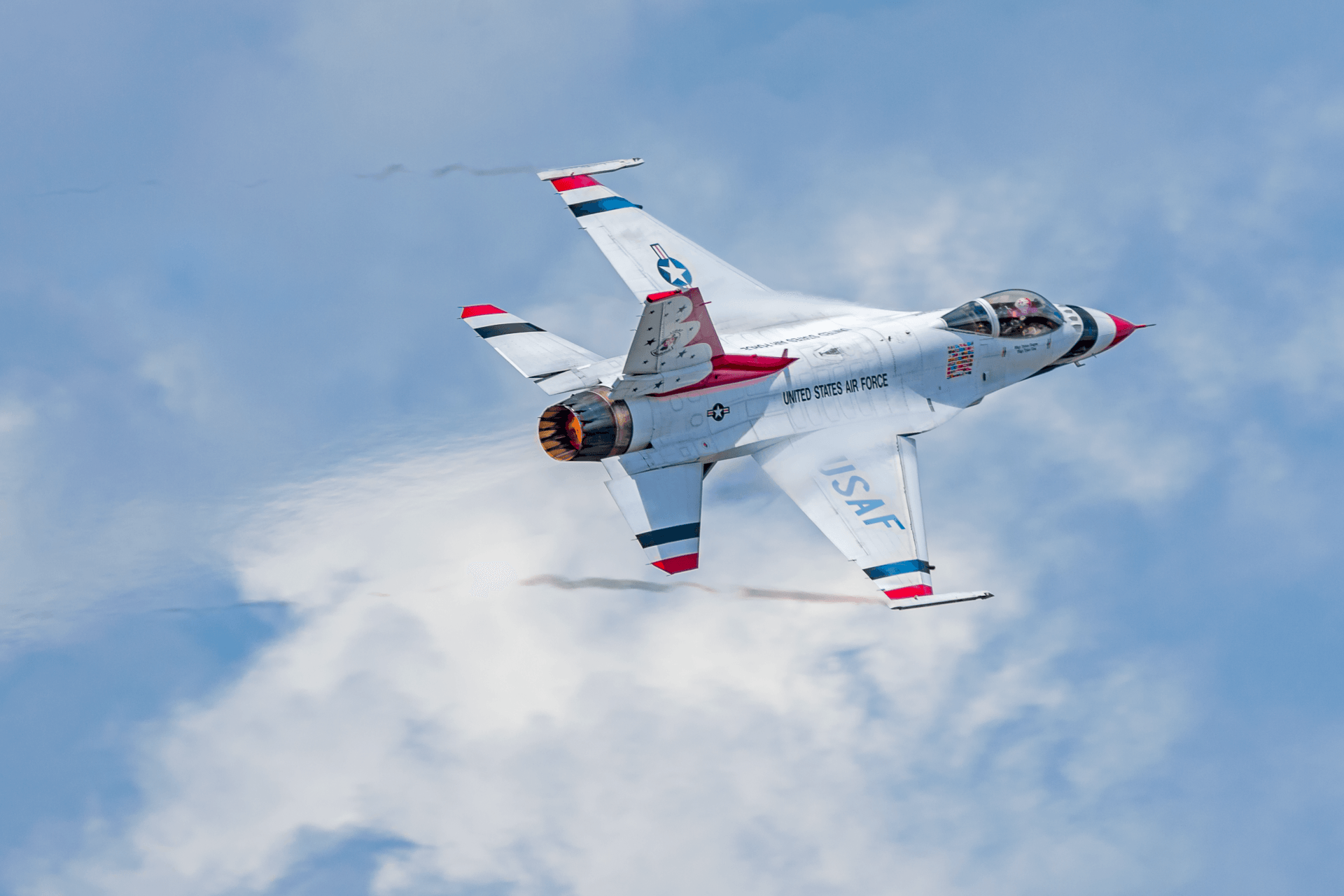
What Does an Electronic Flight Display Show?
Usually, an electronic flight display will consolidate the information that your old-school six-pack of instruments had into one simple, convenient display. Electronic flight instrument systems (EFIS) have:
Primary Flight Display- Electronic Attitude Direction Indicator
- Electronic Horizontal Situation Indicator
How Does a Heading Indicator Work?
A heading indicator, otherwise called a directional gyro, consists of a pressure-driven gyroscope that shows the heading an aircraft is following. There are 360 heading positions that correlate to the direction you are going or compass heading.
For example, if the 12:00 position read 090, you would be heading due east. Or, if it read 270, you would be heading due west. North is 360, and South is 180.
Is Flight Level MSL or AGL?
MSL is mean sea level, and AGL is above ground level. For example, if you were flying over Denver at 7,200 feet MSL, you would be 2,000 feet AGL. This is because Denver's altitude is already situated at 5,200 feet above sea level (MSL).
Why Are There Knobs on Flight Instrument Dials?
These knobs are there to correct for local barometric pressure on the altimeter. They also set the horizon line on an artificial horizon and correct for gyroscopic precession on the directional gyro. Gyroscopic precession⁴ is minute internal friction that throws off your readings over time.
List of Services
What Is a Pitot Static System and How Does It Work?
These performance instruments use the principles of impact pressure vs static pressure to measure pressures or pressure differences. From these measurements, we derive airspeed, vertical speed, and altitude. The airspeed indicator, altimeter, and verticle speed indicator all run off the Pitot-static system.
What Is a Pitot Status Test?
Pitot-static tests are required for instrument-certified aircraft. These tests are taken every two years and calibrate the Pitot-static system with sensitive instruments by certified aviation mechanics.
What Is Pitot Heat in Aviation?
Pitot heat is a heating element that prevents ice from forming on the Pitot tube. This tube measures airspeed. If it ices over, it will read that you are sitting still. You need to remember to turn it on.
Why Are Cockpit Lights Red?
Cockpit lights are red because this color has the least impact on a pilot's night vision. Red lights are also used on military vessels that operate at night.
Feel Like a Pro in the Cockpit at Sky Combat Ace!
Get your flight training and be a pilot for the day by booking an unforgettable flight experience with Sky Combat Ace! We let you take control of the plane and perform real stunts in our aerobatic aircraft. Contact our team today to learn more about our experienced pilots or to book your flight.
Sources:
¹FLYING Magazine. (9 March 2017). Everything Explained: All About Altitude. Retrieved 15 March 2022.
²History.com. (30 June 2020). James H. Doolittle. A&E Television Networks. Retrieved 15 March 2022.
³Gasmire, C. Why Is 29.92 The Standard Altimeter Setting? Airplane Academy. Retrieved 15 March 2022.
⁴McAdams, T. (29 January 2012). GYROSCOPIC PRECESSION. Aircraft Owners and Pilots Association (AOPA). Retrieved 15 March 2022.
The Afterburner
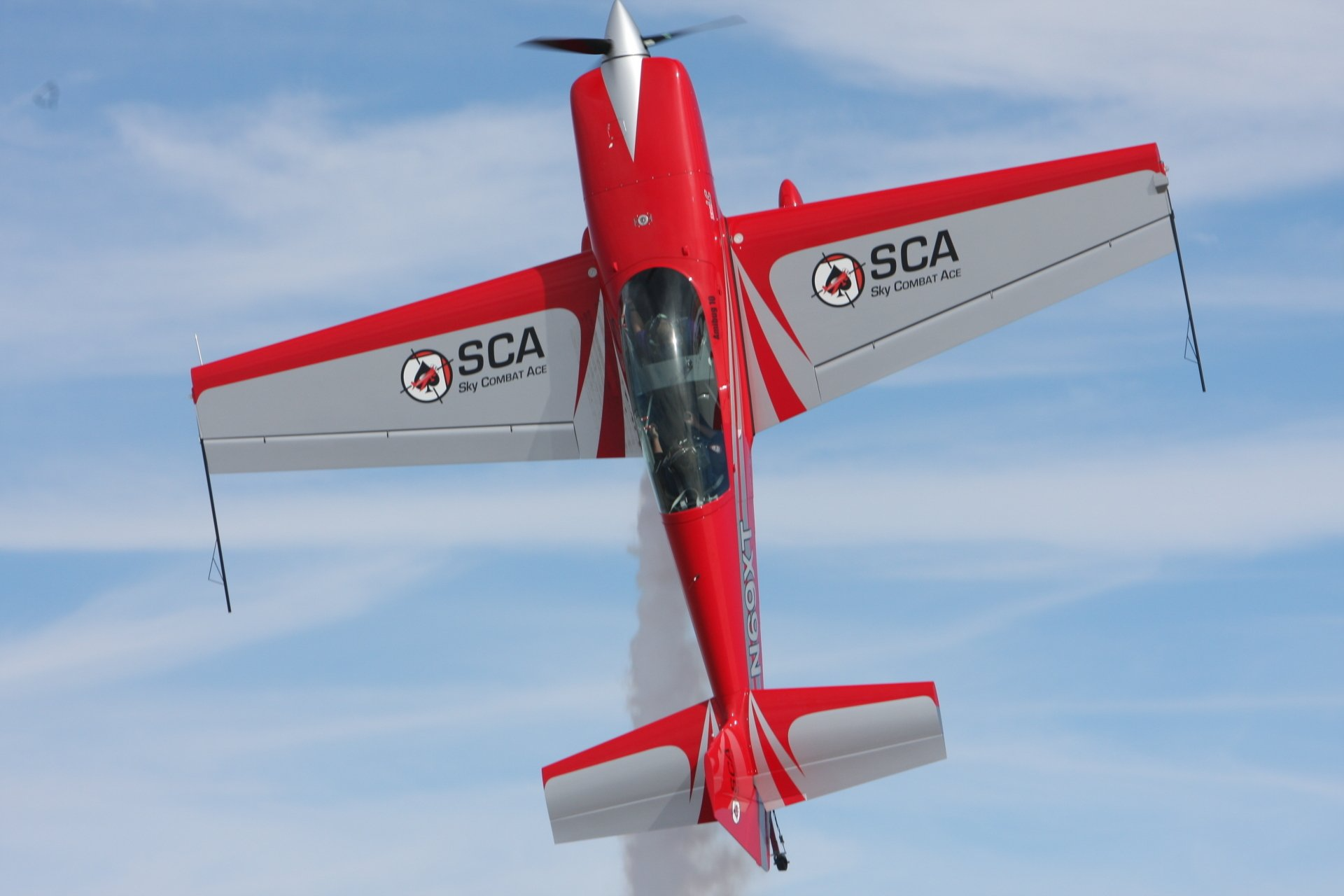
YOU GET TO FLY THE MANEUVERS
Why ride along when you can fly your own airshow routine…? Featuring both basic and advanced aerobatics, you take the controls and become your very own airshow pilot.
Sky Combat
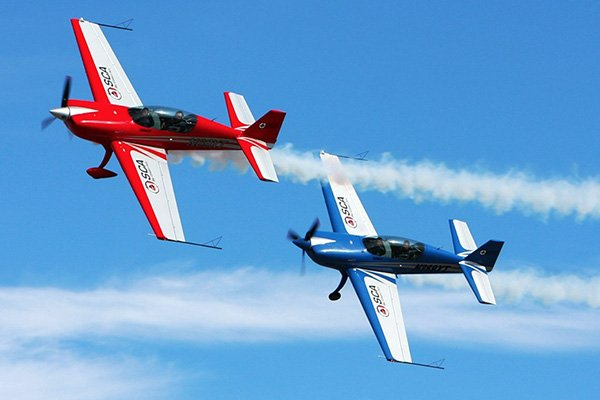
LASER TAG IN THE SKY!
Experience the thrill of air-to-air combat as you wage a battle for aerial dominance where there can be only one victor. YOU fly the plane with a trained SCA fighter pilot.
Top Gun
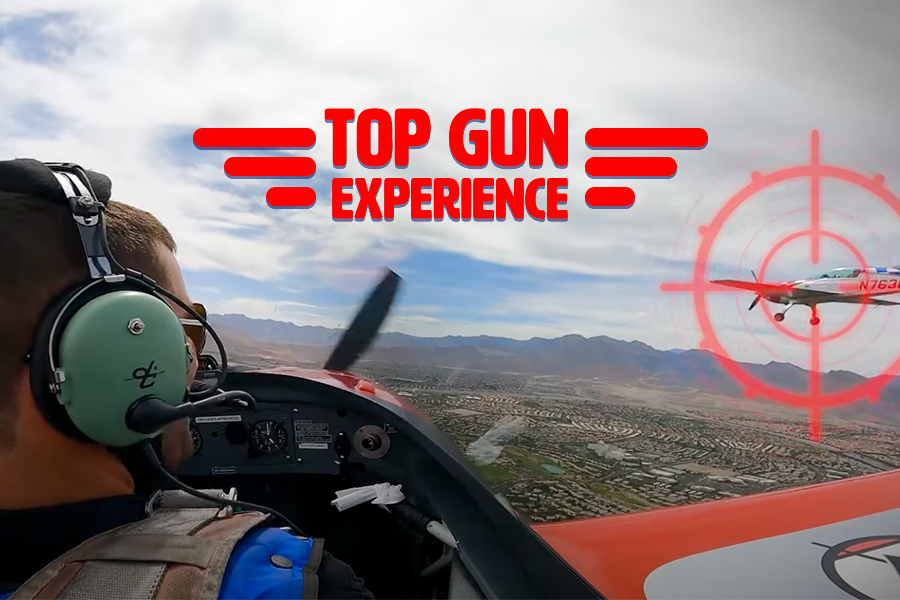
FLY LIKE A TOP GUN PILOT!
If you want to experience the most amazing, butt kicking, extreme adventure of a lifetime, then look no further than our Top Gun package!
Operation Recon
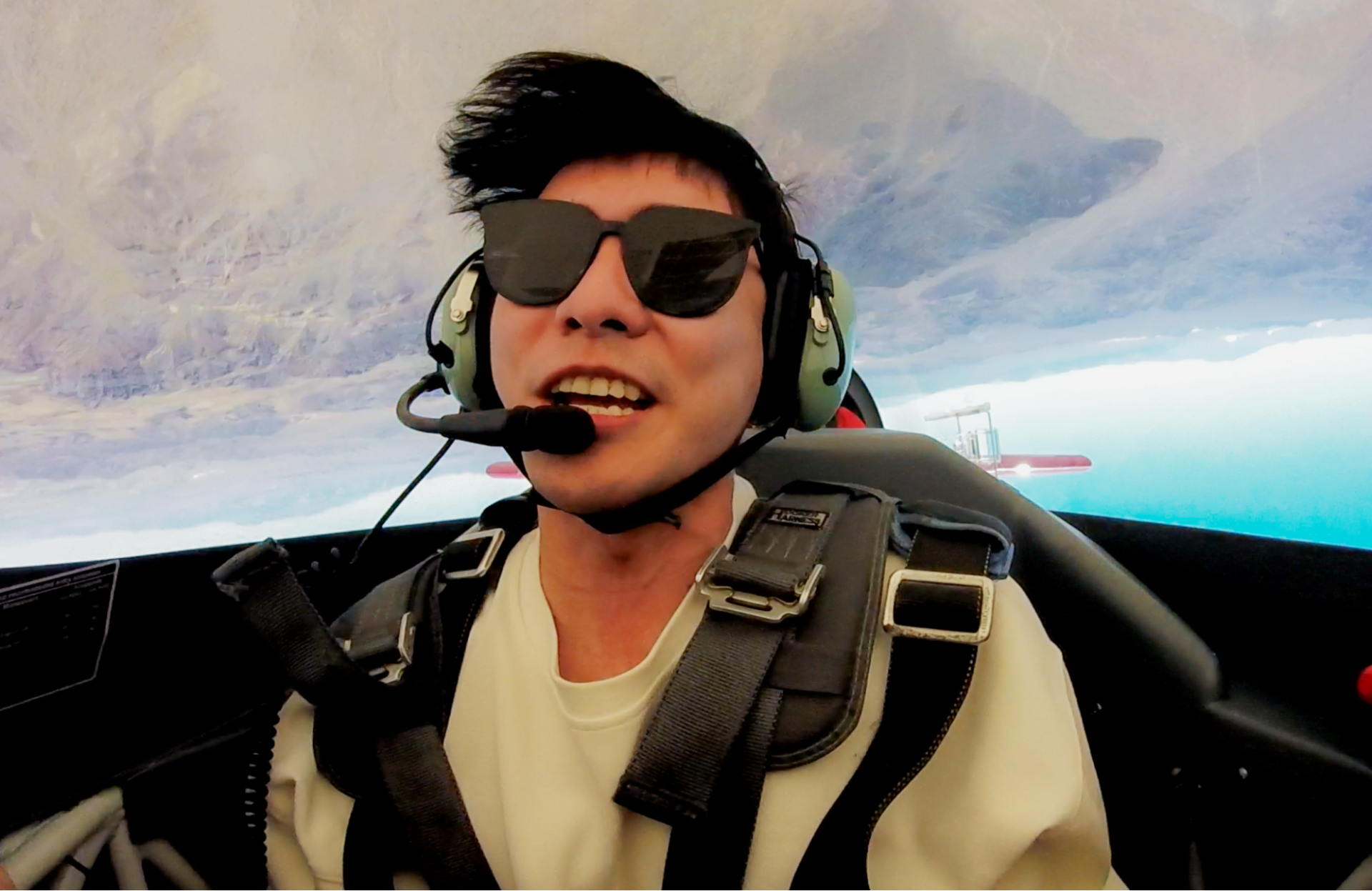
WE FLY THE MANEUVERS
Appropriate for the whole family, this is a great way to be introduced to the world of basic aerobatics. Think of it as a roller coaster without the rails.
Check These Out Next:
Fly A Real Stunt Plane!
Sky Combat Ace was created by a U.S. Air Force veteran fighter pilot who wanted to make the thrill of flying fighter jets available to anyone who feels the need for speed.
Learn to fly a stunt plane under the supervision of our highly trained, FAA certified flight instructors. No experience necessary and YOU get to fly the plane!
